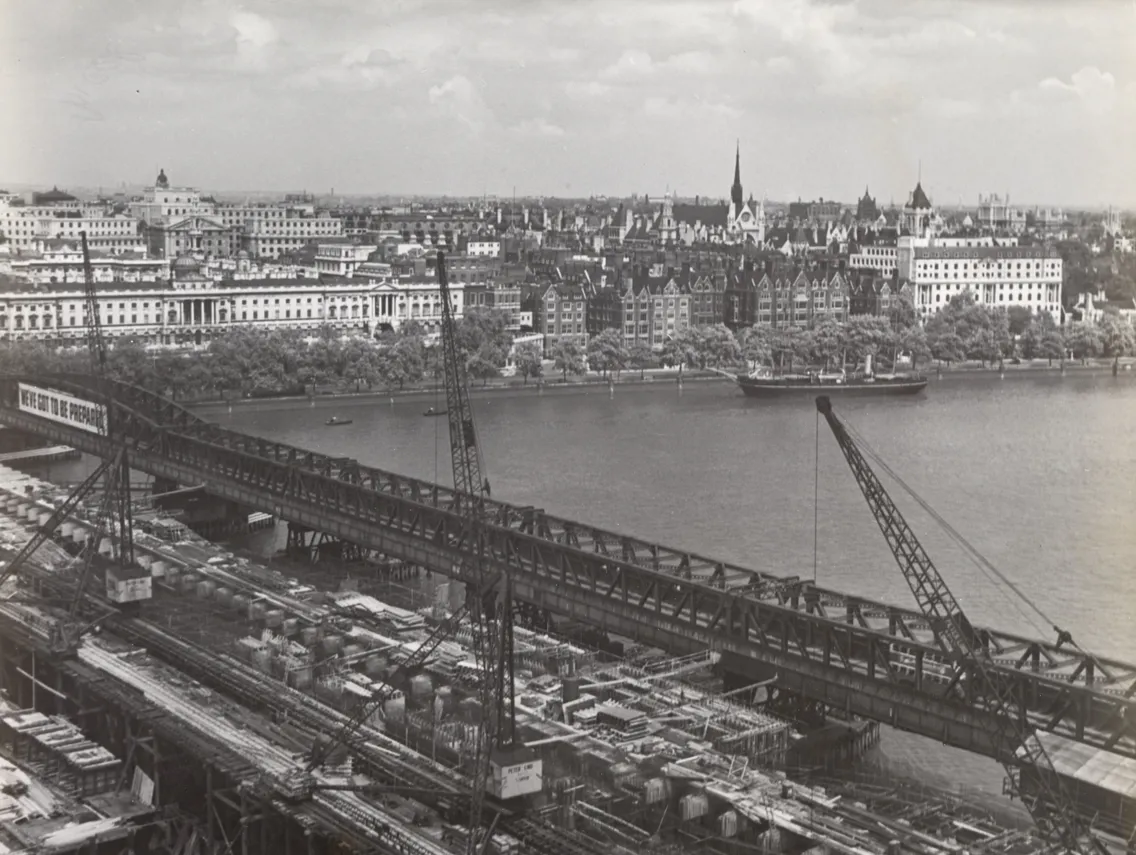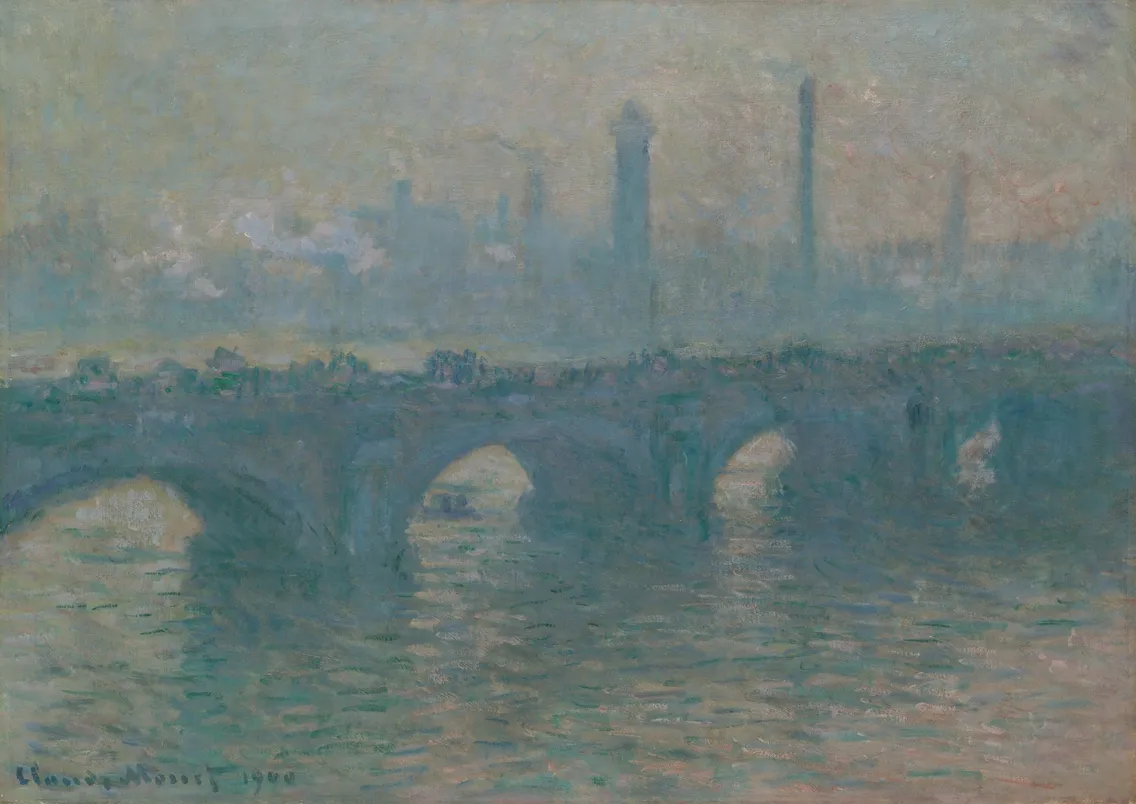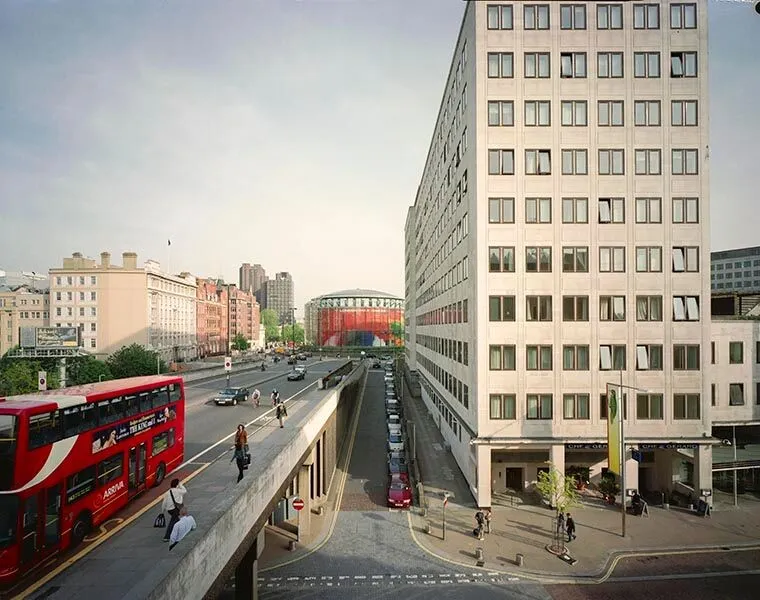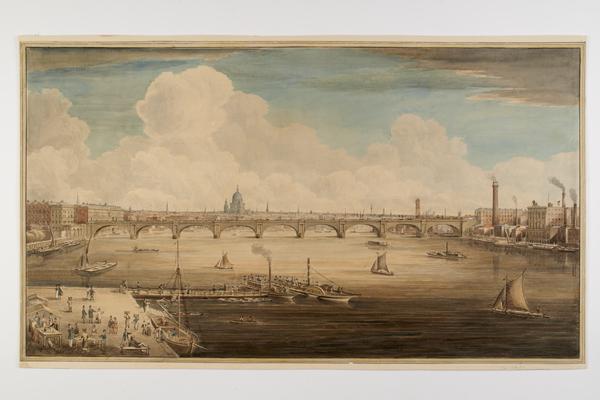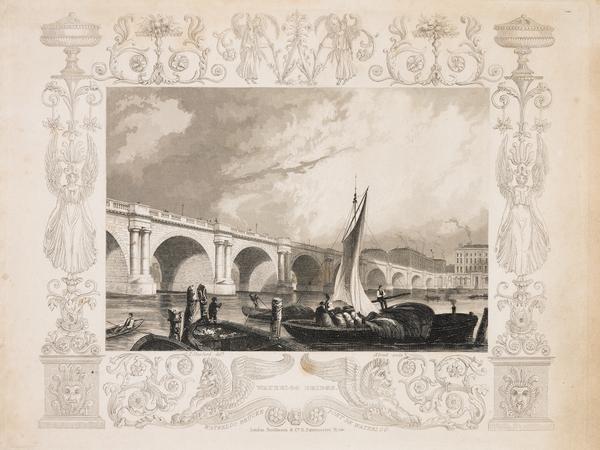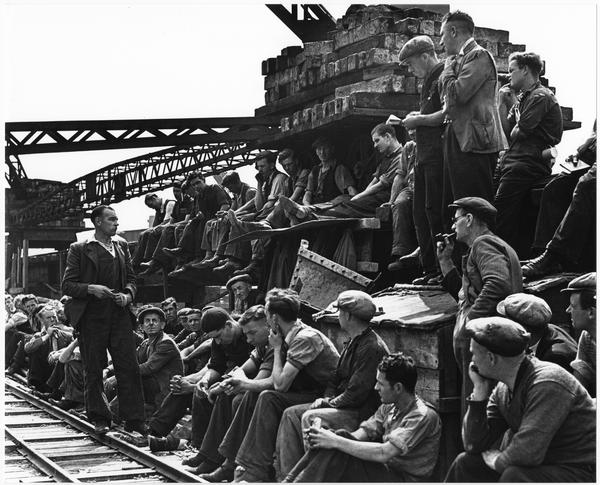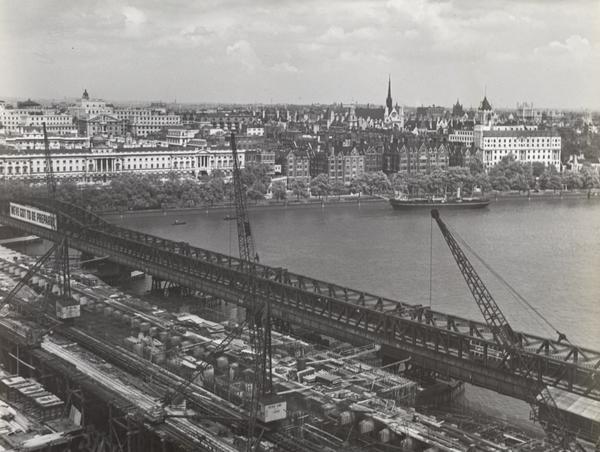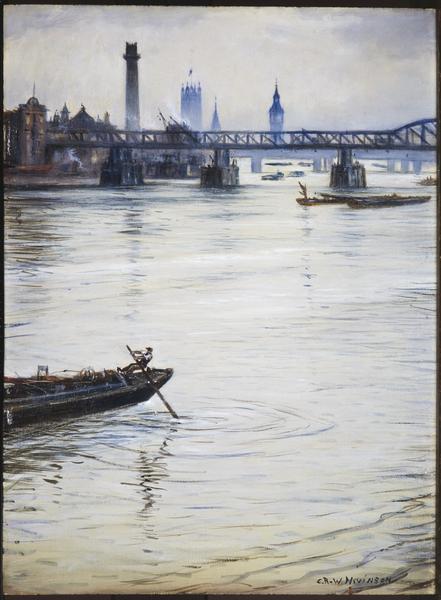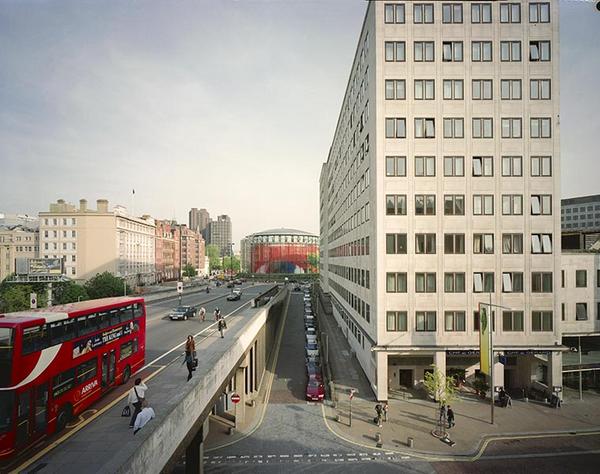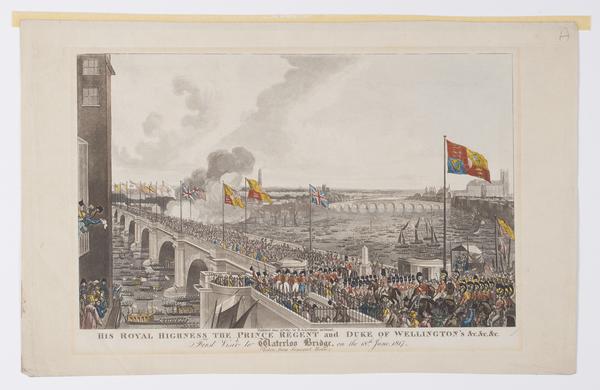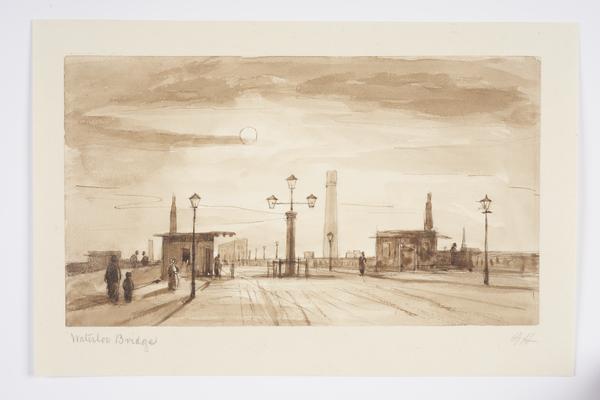Waterloo Bridge
Sensational views of London make Waterloo Bridge a must-cross, but the history of its “ladies’ bridge” nickname is equally intriguing.
Central London
Since 1817
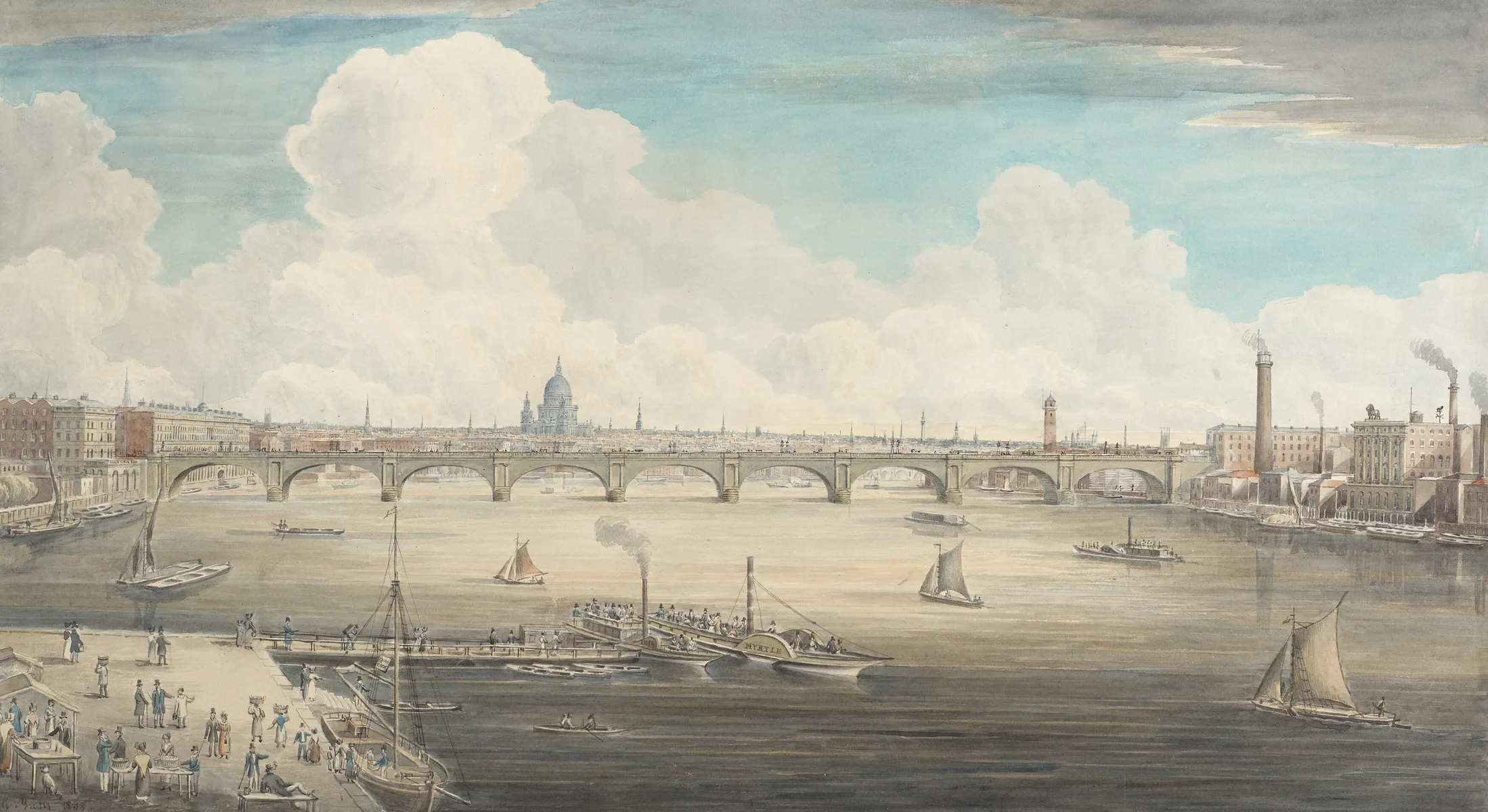
The Thames crossing loved by Monet and The Kinks
Even the most world-weary Londoner might glance up from their smartphone to enjoy the magnificent view from Waterloo Bridge.
Taking commuters and tourists from Waterloo Station across the Thames into central London, it offers the sight of St Paul’s and the City to the east, Big Ben and the Houses of Parliament to the west.
But artists like Constable and Monet have equally prized views of Waterloo Bridge itself.
The current bridge, built by women in the Second World War (1939–1945), inspired one of the greatest ever songs about London. No wonder it’s such an enduring landmark.
The first bridge was built in the 19th century
The first Waterloo Bridge was designed by John Rennie, the Scottish engineer, with construction beginning in 1811.
Opened in 1817, it was originally called Strand Bridge, after the major West End street it’s linked to. It was renamed Waterloo Bridge to commemorate Napoleon’s 1815 defeat at the Battle of Waterloo.
It remained a toll bridge until 1877, when it was acquired by the Metropolitan Board of Works.
With its nine granite arches and pairs of Doric columns at the piers, Waterloo Bridge was an impressive structure.
A temporary replacement and the current bridge
By the 1920s the bridge had deteriorated so much that action was needed. A temporary bridge was built, until a decision was finally made to demolish the original bridge.
It took London County Council 10 years to commit to a replacement. Giles Gilbert Scott’s design was simple – and significantly wider. It was finally opened in 1945. This is the bridge still in place today.
“As long as I gaze on Waterloo sunset, I am in paradise”
The Kinks, Waterloo Sunset
Did women build the new Waterloo Bridge?
Some people will have heard Waterloo Bridge referred to as the “ladies’ bridge”, due to the women who worked on its construction during the Second World War (1939–1945).
It was a fact kept alive by tour guides on Thames boat trips. But until recently, the photographic or written evidence to prove this was more than a good story was missing.
In the 2000s, a film team, working with historian Christine Wall, recorded people’s memories of Waterloo Bridge’s construction and other wartime projects worked on by women.
Eventually, in 2015, Wall uncovered a photo showing “girl acetylene welders” working on Waterloo Bridge in 1944.
With this proof, Waterloo Bridge was given a Grade II re-listing to recognise the role women played in its construction
Inspiring artists
English painter John Constable celebrated the original Waterloo Bridge in his painting The Opening of Waterloo Bridge, a view dated to 1817.
Around 100 years later, French Impressionist Claude Monet was hooked by the view – and the challenge of capturing the ever-changing light. Between 1900 and 1904, he painted 41 pictures of Waterloo Bridge as part of his wider London series.
One of the most famous pop songs about London is The Kinks’ 1967 hit Waterloo Sunset, written and sung by Ray Davies. It features the lyrics: “As long as I gaze on Waterloo sunset, I am in paradise”.
Davies, born and raised in London, has said the Waterloo area featured in many significant moments in his life. Among them are a 1951 visit to the Festival of Britain, a stay in St Thomas’ Hospital as a teen, and romantic walks with his girlfriend.
“I carried these thoughts around in my head for years,” Davies told the Guardian in 2016, “then suddenly the song popped out.”
Connections: Aldwych, Covent Garden and the South Bank
Waterloo Bridge connects Waterloo Road to the south with the Strand on the north side, and is used by pedestrians, bikes and motor vehicles.
It provides a link between the South Bank area, known as a cultural quarter, and the Strand and Covent Garden in the north, a hub for theatre and shopping.
The northern end is in the City of Westminster, and the bridge lands in the borough of Lambeth in the south. The nearest bridge to the east is Blackfriars. To the west is the pedestrian Hungerford Bridge and Golden Jubilee Bridge, for rail traffic.




